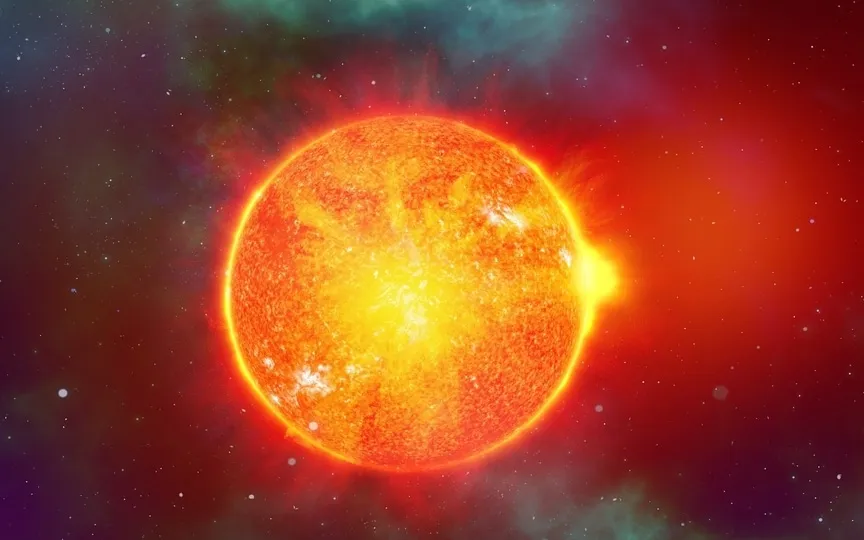Solar Storm Alert: CIR Headed for Earth TODAY – Here’s What You Need to Know
In recent weeks, the Earth has experienced various effects caused by solar activities on the Sun, such as solar flare eruptions and resulting radio blackouts. However, there have been no solar storm events thus far. This is expected to change today, October 12, as the National Oceanic and Atmospheric Administration (NOAA) has predicted that our planet will be affected by a co-rotating interaction region (CIR), which has the potential to trigger a solar storm. Learn about the potential consequences of this solar storm and the reasons behind occurrences like CIR.
According to a SpaceWeather.com report, “NOAA forecasters say a co-rotating interaction region (CIR) could hit Earth later today. CIRs are shock-like transition zones between fast- and slow-moving solar wind streams. Think of them as mini-CMEs. If this arrives as predicted, arctic sky watchers may see a burst of light this evening.
Solar storm caused by CIR
Co-rotating interaction regions (CIRs) are created when fast-moving solar winds from different directions strike the Earth, stretching its magnetic field and creating fissures. The magnetosphere will eventually recover and heal these cracks on its own. The last time CIR triggered a solar storm was in June. So while they are relatively rare, they are not uncommon.
However, as the Sun nears the peak of its solar cycle, such fissures can have a devastating effect, amplifying the intensity of the solar storm. If it was a powerful CME cloud, it could have caused a severe solar storm. A strong solar storm can even interrupt mobile data and Internet reception and cause power grid outages.
NOAA solar tracking satellite
One of the major entities that monitor and predict such atmospheric disturbances is the National Oceanic and Atmospheric Administration. It has an arsenal of satellites floating around the globe that observe our planet and outer space to analyze and understand what causes various weather phenomena. One such technological marvel is the NOAA-20 satellite. It is a polar-orbiting, non-geosynchronous environmental satellite that is part of the Joint Polar Satellite System.
It crosses the equator about 14 times a day and provides full global coverage twice a day. This gives meteorologists information about atmospheric temperature and humidity, clouds, sea surface temperature, ocean color, sea ice cover, volcanic ash, fire detection and more.




